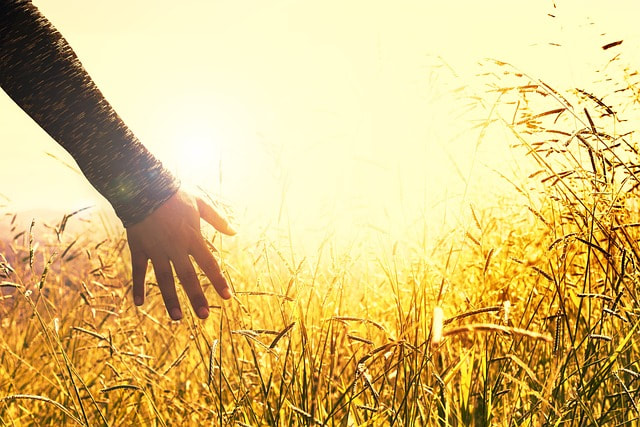Meadowscaping aims to mimic the beauty and diversity of natural meadows while also promoting environmental benefits.
This innovative approach aims to address environmental concerns, promote biodiversity, and reduce the ecological footprint associated with conventional lawn maintenance.
In meadowscaping, native plants and wildflowers take center stage, creating habitats that support local wildlife, including pollinators like bees and butterflies.
By embracing meadowscaping, homeowners and communities can experience a range of benefits including:
- Meadowscapes require less water and maintenance compared to traditional lawns, contributing to water conservation efforts and reducing the use of harmful chemicals.
- The diversity of plant species in meadowscapes enhances soil health, mitigates erosion, and captures carbon dioxide from the atmosphere, thereby contributing to climate change mitigation.
- Meadowscaping fosters a deeper connection to nature by creating dynamic, ever-changing landscapes that encourage outdoor exploration and appreciation of the local ecosystem.
- Meadowscaping uses a selection of native plant species that thrive in local climate and soil conditions. Proper establishment and maintenance, particularly during the initial stages of meadow development, are crucial for achieving desired results.
While meadowscaping can take various forms, from small garden plots to larger community spaces, its core principles remain consistent: to create ecologically rich landscapes that harmonize with the environment, conserve resources, and support the intricate web of life.
